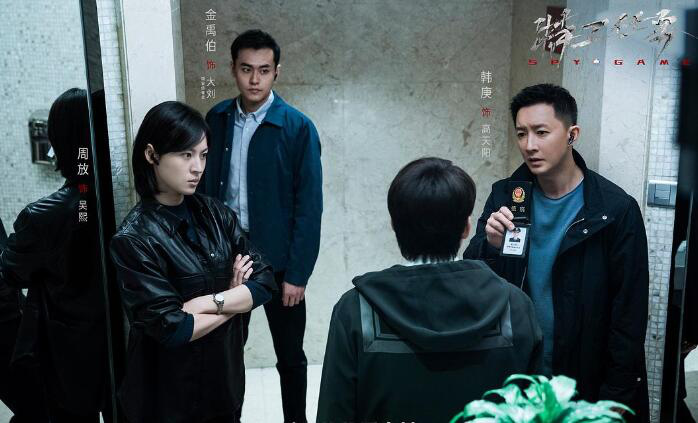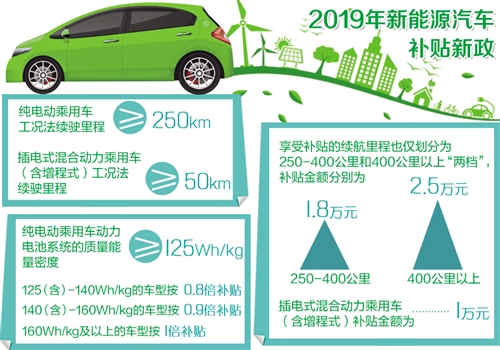Original title: Secret Service Mission: Novel Structure and Contemporary Expression of Spy War Drama

The double puzzle of reality and game world, the secret game of national security — — The newly-launched new Guoan anti-espionage urban drama "Secret Service Mission" has unlocked a brand-new scene for the story of "Secret Service" and injected narrative expression close to the development of contemporary society and the daily life of young people.
The Secret War from the Contemporary Perspective
The story is set in Jinhai, China in 2021. A game of "Secret Service Mission" is popular among young people. The overseas intelligence organization "Night Fog" uses this game to secretly spy without the players’ knowledge. The drama tells the story of the course that the Reconnaissance Department of the National Security Bureau of Jinhai City successfully cracked a series of espionage actions and safeguarded national security in this high-pressure situation. The dramatic background lays a lot of suspense, and the drama has attracted much attention because of its examination of network security in modern society.
In the scene design, there are no flying cars, blasting and climbing on skyscrapers, but flying close to the ground, which is a puzzle in urban life. In the setting of the main line, the drama leads from a seemingly ordinary online game to a war of national security, reeling from the interweaving of the real world and the virtual world. The perspective of Secret Service jumped out of the traditional setting of similar foreign commercial films, and the texture of life and the interaction between reality and reality became its two highlights.
"We found that the battle on the hidden front in real life is more powerful than those fictional plots, although there is no thrilling scene in the movie." After interviewing the real national security personnel, the director and his team made a choice on the tone of the story, and a series of anti-espionage struggles based on the contemporary urban situation began.
Two-line game between the virtual world and the real world, with multiple perspectives of urban group images.
How to highlight the concept of "modern spy war"? With the help of online games, a cultural carrier that attracts the attention of contemporary youth, the play constructs a multi-dimensional and multi-angle narrative structure, connecting two time and space and constructing a double puzzle. In the play, players wear VR devices and are immersed in game tasks, but they don’t know that they have already been used by overseas intelligence organizations. "This is no longer a game, it is a struggle."
In order to strengthen the sense of closeness to daily life, "Secret Service Mission" does not "deify" the national security personnel, but delicately shows their hardships and extraordinary will in the long-term battle of pursuing the truth. Its group image setting is also outside the spy war’s villain camp, and it has joined many ordinary players’ identities, showing in an all-round way how this secret war has affected the lives of every ordinary person. Gao Tianyang, the hero, is a young and promising head of the reconnaissance department of the National Security Bureau of Jinhai City. He has a superior IQ and a meticulous mind, and takes safeguarding national interests as his own responsibility. Huang Zicheng, the younger brother who grew up with Gao Tianyang, is an adventurous game addict, but he happens to be deeply involved in the spy game. Huang Zicheng met his partner, Vagrancy, in the game. Just as his feelings were growing, he unexpectedly found that his meeting with Vagrancy was not accidental … … It is difficult to distinguish between the real world and the virtual world, and the choice between sensibility and rationality is interspersed among them, which has become the key focus of its dramatic conflict.
In the "agent mission" of online games, it is a surreal Cyberpunk world, which simulates the real player’s perspective. Taking virtual reality as a barrier, overseas intelligence personnel use the weakness of human nature to spread the intelligence network everywhere, so the anti-espionage work of national security personnel is difficult. The characters in the play have the dual identities of virtual reality and real world, and the urban group images show a variety of faces in different situations, and the complex relationship network of the drama has also been constructed.
Anti-spy suspense breaks the circle and explains the feelings of the new generation of national security
"This hidden front is not far from the lives of ordinary people, and it is likely to exist around you and me. Any ordinary person may become the object of being used by spies." Zhao Baogang, the director, mentioned this in his exposition of drama creation. Different from the suspended stunt of many spy-themed dramas, Secret Service puts the spy war story around the people.
In recent years, with the increasing demand for network use, the detectability of espionage has been greatly tested. Taking this phenomenon as the breakthrough point, The Secret Service incorporates the audio-visual elements with strong sensory stimulation, such as Role-playing game and Cyberpunk wind scenes, which are popular among young audiences in the spy war plot, so as to achieve the destruction of the national security drama.
In the game rules of "Secret Service", virtual currency can be converted into real currency, and the attractive reward has made many players accept offline tasks. With the development of science and technology, espionage has penetrated into every corner of society in a more hidden way, and the war against espionage has been quietly launched in a silent place. The play presents the inner world and emotional needs of the victims with strong empathy, and at the same time reminds the audience to be vigilant and prevent the delay.
The national security personnel, such as Gao Tianyang and Wu Xi, present a national security outlook that keeps pace with the times. They can switch identities and costumes at any time, and they don’t miss any tiny clues to fight against espionage. The play not only depicts their choices in love and law, but also pays tribute to the forbearance and persistence of national security workers on the secret front with warm brushwork.
Based on real social problems, rooted in the contemporary context of cyber espionage, and integrated with the younger perspective of virtual reality — — "Secret Service Mission" expands the differentiated expression of the secret service theme and deduces a different new generation of national security feelings. (Author: Zhao Rui, lecturer, School of Journalism and Communication, Central University for Nationalities)
